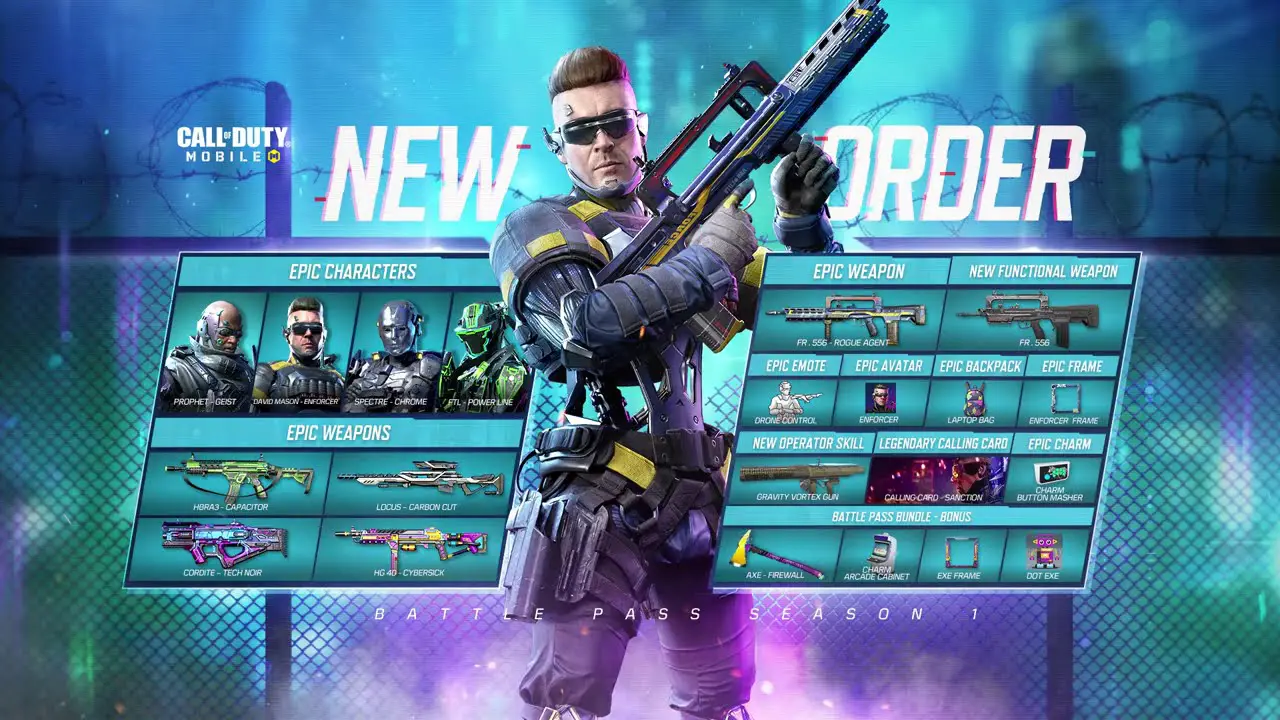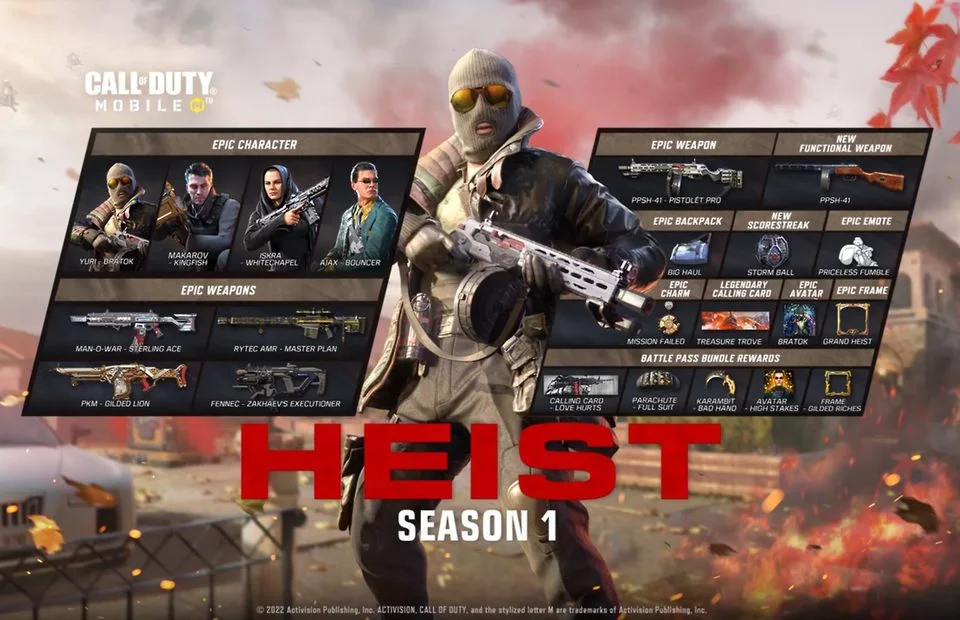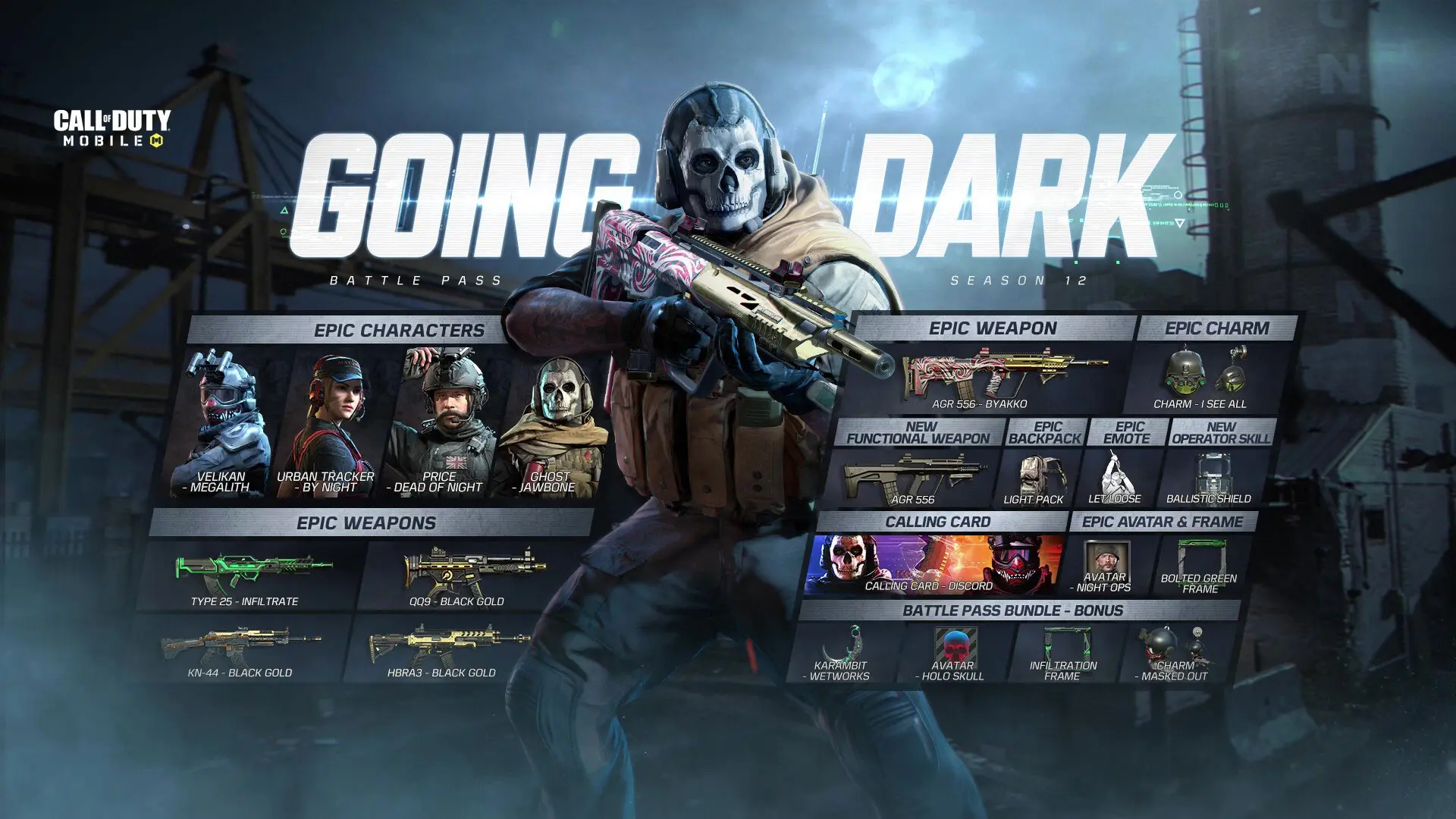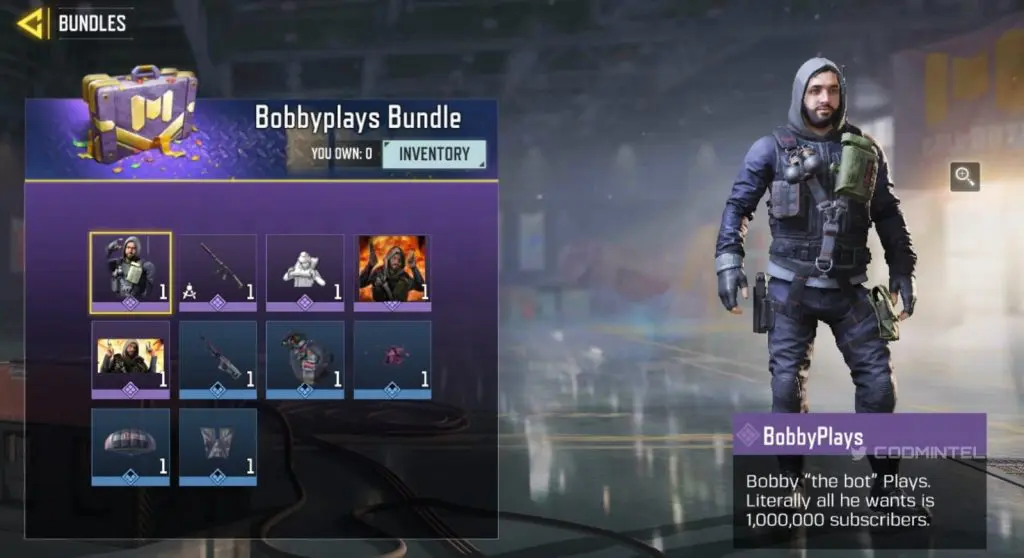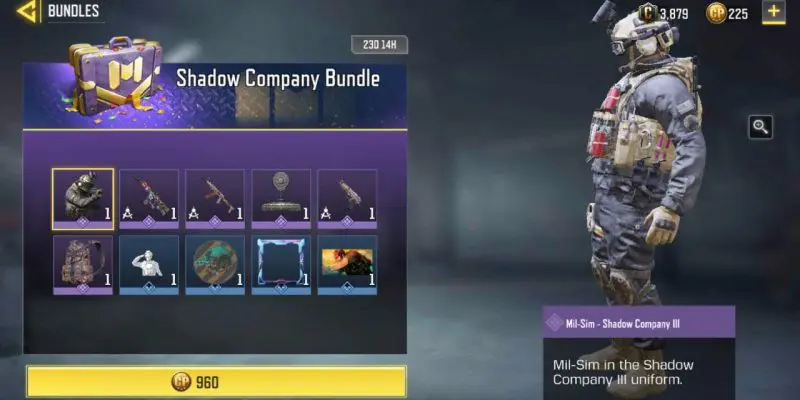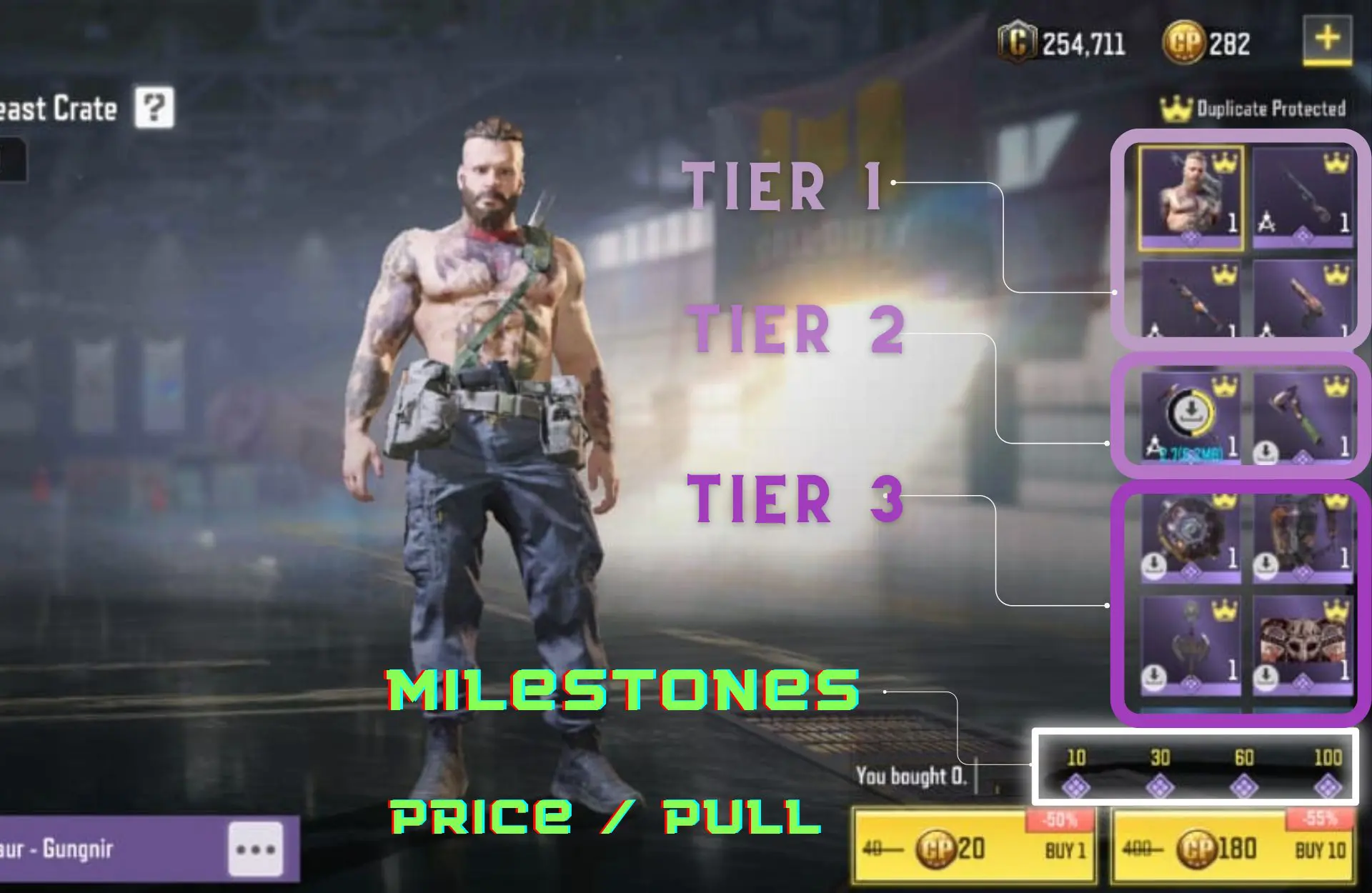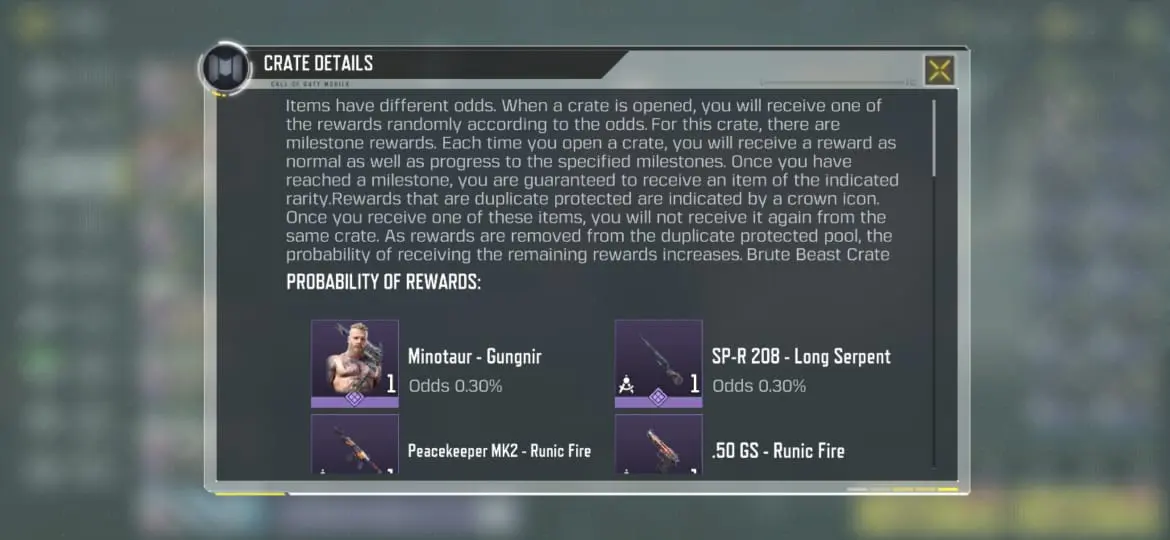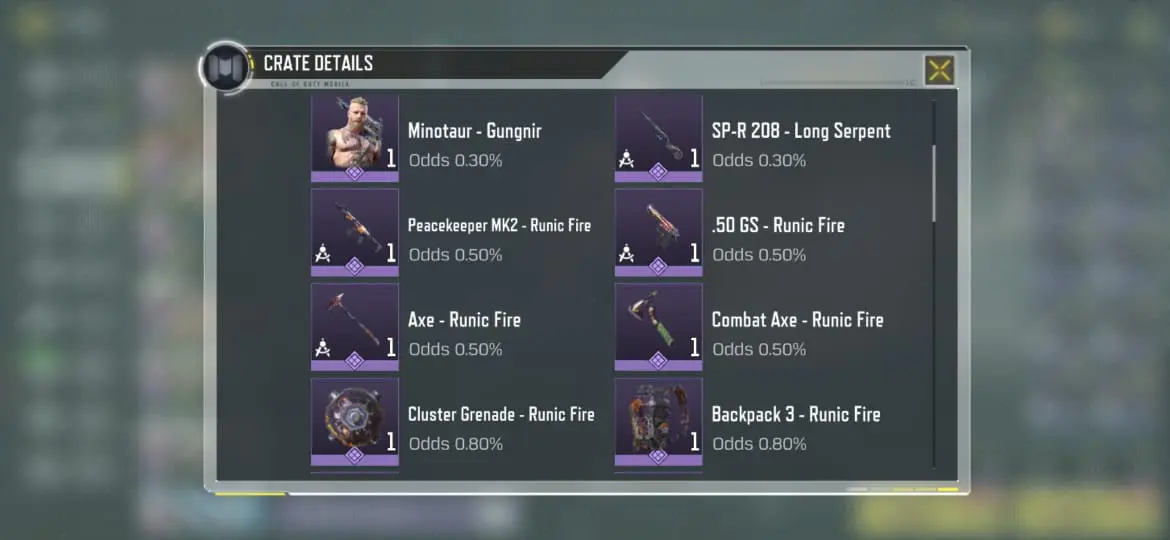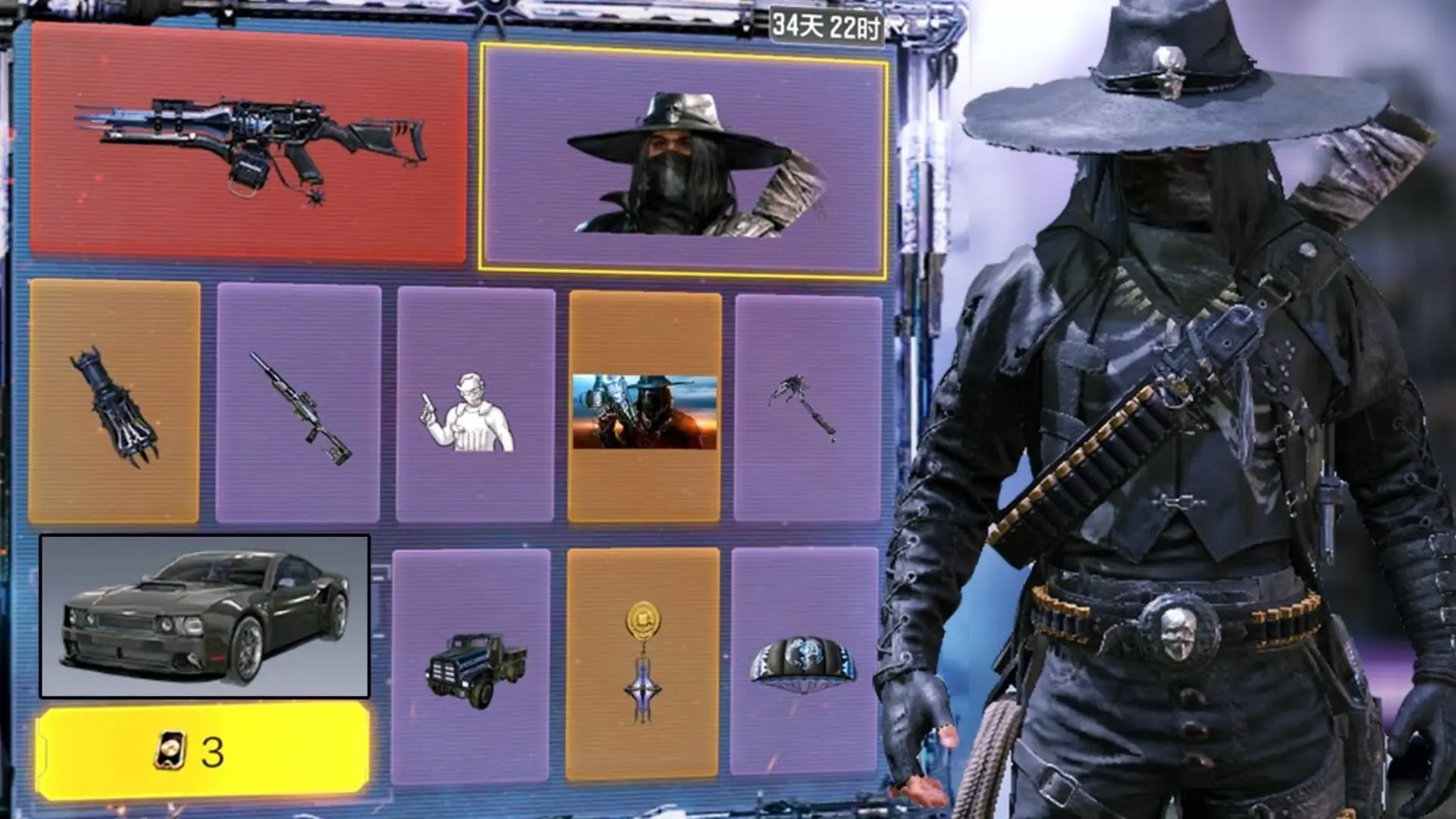If you have made it this far, you will love this chapter. The article aims to showcase the gaming business models, specifically that Call of Duty Mobile’s. Equipped with information from this chapter and the previous one, you will gain a clear understanding of how to gamify your business. Without further ado

There are primarily three kinds of verticals within gaming businesses & industry.
- Game engines – software that helps developers build games. Some examples would be Unreal, Unity, and CryENGINE. AAA studies have their own proprietary gaming engines. Activision, for instance, uses the IW engine ( along with a few others).
- Publishing Houses – responsible for video game distribution to the public. These games could have been developed either internally by the publisher or by a video game developer. Sony Interactive Entertainment, Tencent Games, and Steam are two classic examples. Even the Apple App store & Google Play store can be considered two of the biggest publishing houses.
- Gaming Consoles – are devices that can be used to play games. PS5, Xbox, PC & Mobile Phones are some of the examples.
Digital games changed the way people buy and sell games by introducing free-to-play (also known as F2P) models. Today, we will look at Call of Duty’s F2P model & understand their gaming business.
The gaming business and its monetization models are fascinating. Call of duty Mobile (a.k.a CODM) makes money through four models.
- Battle Pass
- Bundles
- Creates
- Lucky draws
Let’s deep dive into each of these models, and learn how gaming business models can help us implement new monetization frameworks within our products & services.
Please take note of the following to be able to understand the rest of the topics.
As we start, I would like to show you something. Please take a few minutes of your time to watch it.
I introduce the Battle Pass to you, ladies and gentlemen, boys and girls. This, by far, is the biggest revenue driver for Call of Duty Mobile.
Ironically, this does not make a lot of money by itself. Let me explain
I showed you the trailer of 1 Battle pass above ( rust ). Let me show you “behind the scene” of the same Battle Pass. Gaming business is serious business .
Let’s have a closer look at Battle Pass & its impact on CODM gaming business.
- A new “season” is introduced and released In Game every month. Each season launches a new Battle Pass.
- A Battle Pass, has new items, and new skins.
- As you have seen above from the trailer of Rust Battle Pass from Season 6, an enormous time and effort go into developing a battle pass.
- The battle pass has 50 items/ skins. They are all locked.
- A player purchases it for 220 CP.
- They then need to play games to earn Battle Pass points
- As they achieve points, they unlock items within the Battle Pass
- As the players are unlocking BP levels, the money they spend on BP is credited back to them.
- By the time they complete all 50 levels, all 220 CP is returned to the player.
“Bring me a bucket, and I’ll show you a bucket!”
Psycho, Borderlands 2
Considering life, death, and what lies in between, this seems like insanity. That is, if you don’t go down the rabbit hole to eventually understand why it costs what it costs. Below, I will illustrate my journey of CODM and spending money within the Game.
Installed the Game sometime in Jan 2020.
Played the Game off and on. The gameplay made me feel like JOD.
It was getting serious now; I was eligible to play ranked. But was convinced not to spend.
Corona & Lockdowns, doubling down on Game.
Rust Battle Pass released. I spent money for the first time, convinced it was practically free.
And that’s how the Call of Duty monetization journey starts. As I mentioned earlier, gaming business is fascinating. Let’s continue with the other pieces.
After Battle Pass, bundles are the lowest-hanging fruit for players to consider.
Bundles are a set of in-game item skins which have a fixed price. If you look at the images above, each bundle has 10 items. And each bundle costs 960 CP.
Pay 960 CP, and get all items. Players cannot choose some or a few items. It’s all or nothing for the price listed. This is the primary gaming business model.
Few interesting facts about Call of duty mobile bundles
- Collaboration Bundles – If you notice, one of the bundles is of John McClain. CODM released a John Mclain & John Rambo bundle, with game modes dedicated to those characters
- Creator Bundle – The 1st bundle in the image above is named Bobby Plays bundle
- Bobby is one of the most famous content creators and caster of Call of duty mobile
- CODM released 3 bundles themed on 4 of the most famous creators in the North American region.
- They even created an emote based on a real-life onstream incident for Bobby plays
But bundles aren’t “game enough.” They aren’t “real” gaming business models. There must be a monetization model, which is a game itself, right? Well, there is, and it’s called “Crates.”
This is where it starts to get real. You know what you want to buy, but don’t know how much you would spend to get it.
If you have played other games or understood some of the Casino frameworks, it would be easy to understand crates. If you haven’t, let me take a shot at explaining how crates work.
- You spin the wheel, and you draw a reward based on the probability of drawing that item ( illustrated in the image above)
- With each pull, you also progress toward a Milestone.
- Once you reach a Milestone ( assume Tier 1 milestone), you are guaranteed an item from that Milestone tier when you make the next pull.
- There is no duplicate protection ( barring a few exceptions). If you need a particular item, you need to keep drawing till you receive that item. You will keep receiving duplicates as you draw.
- The best rewards/items have the lowest probability.
To give you context, the only time I pulled from a crate, I spent ₹ 6000 to get what I wanted 😩
It is impossible for me to know the breakdown of Activision revenue by different models. However, in the circle of a few hundred people I know, players generally don’t pull crates due to 2 reasons.
- The uncertainty around the crates draws mechanics.
- Availability of a much better option within the Game. It’s time to explore the last possibility, then.
Activision hit the jackpot with lucky draws. Few games have implemented this ( even Pubg doesn’t have Lucky Draws). This monetization method is so smooth; it has kept me up at night thinking about all the possibilities.
“I generally avoid temptation unless I can’t resist it.”
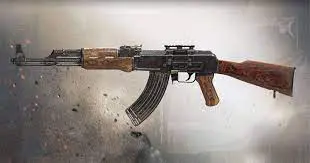
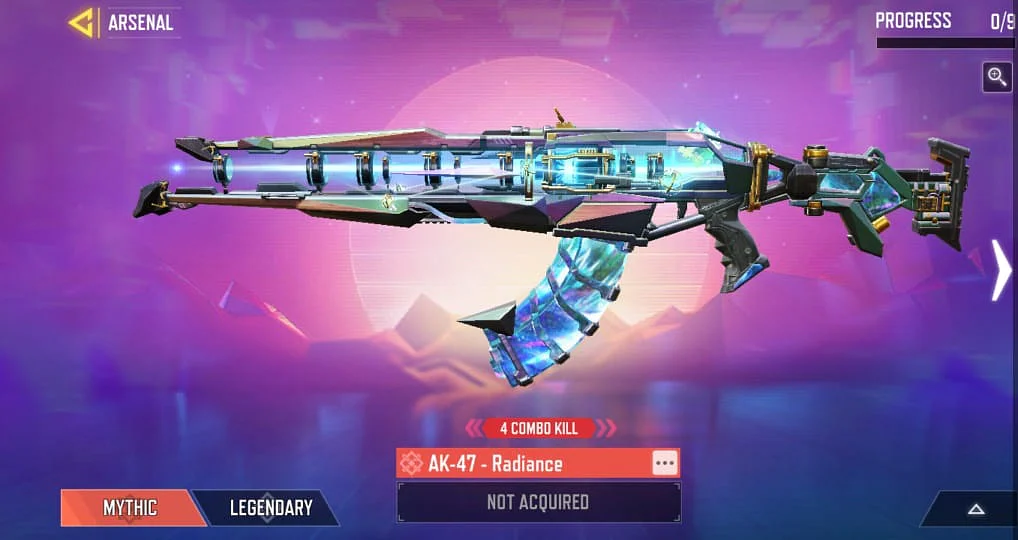
If you had one shot, or one opportunity, To seize this gun for Rs 10, Would you capture it or just let it slip? ( Original lines by yours truly )
Call of Duty’s gaming business model is top-notch, and so is its design team. They create some of the best weapon skins. They do an even better job of selling them. This is how Lucky Draw works
- There are 10 items within a draw, and the best item has the smallest probability of being drawn.
- The first pull is only 10 CP, which translated to ₹ 5 – ₹ 10 ( depending on how to buy them)
- Following is the cost of each draw/ pull
- 0->30->50->120->200->320->520->960->1300->2300
- You are guaranteed an item with each pull ( unlike crates )
This gaming business model of Call of Duty is Mobile is absolute genius. Remember Battle Pass? The fact that Call Of Duty Mobile credits back all the CP you spent on Battle Pass? Turns out, that’s their secret sauce. We are now reaching the peak gaming business model.
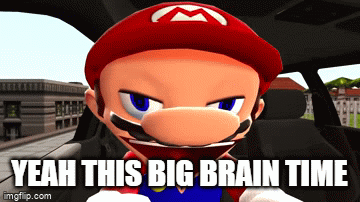
They only need a trigger for a player to like one particular Draw and bam. The player is sucked into making a couple of draws; there is no turning back.
But that is not all. Waiting for players to “like” a specific skin to trigger is a slippery slope. CODM & Activision make their own luck.
The primary driver of motivating players to make Lucky Draw pulls, is a phenomenon called “Balance Changes.”
Balance changes are a phenomenon of making changes primarily to the properties of a gun through “buffs” & “nerfs.” A significant buff will turn a gun into “meta.”
- Buff – When gun characteristics are changed in a way that it performs better after applied balance change, its called a buff
- Nerf – The opposite of buff, i.e., when the gun performs worse than before post applied balance change, its called a nerf
- Meta – The undisputed best gun in the game.
CODM decides which gun will be meta and close to meta; it then releases a Legendary Lucky Draw skin for that meta.
Players rush to try their luck, as they want to compete for the leaderboard.
As an entrepreneur, I have heard so much about the potential of microtransactions, especially in an economy like India. No one has pulled it off like Activision and its gaming business, though.
Their Lucky Draw mechanism isn’t just dependent on “Whales” ( high spenders). Instead, they want to make money from many “fishes” in the sea. 1% of whales spending up to Rs 4000/ draw, and 10% spending upto Rs 100 / draw.
The possibilities of microtransactions through gamification of Apps and products are exhilarating. With that thought, let’s complete the gamification of Zomato we started in the previous chapter.
Chapter 2 covered the gamification of Zomato to great lengths; this section concludes its gamification.
In the previous chapter, we looked at gaming elements like Core & Meta Gaming & Character Progression of Zomato.
If you would notice, all the efforts CODM puts into Core Gaming, Meta Gaming, and Character Progression are finally monetized through Personalisation & Customization. We did the same for Zomato.
In this chapter, we built a monetization loop over those gaming characteristics.
This concludes our exercise to gamify Zomato. As the product manager for your own product, you can now easily gamify your App/ Website/ Platform.
I hope you like reading this as much as I enjoyed writing it. The final chapter left will cover topics I am most excited about. It will cover my understanding of the gaming business, its outlook & opportunities within & outside the gaming industry.


